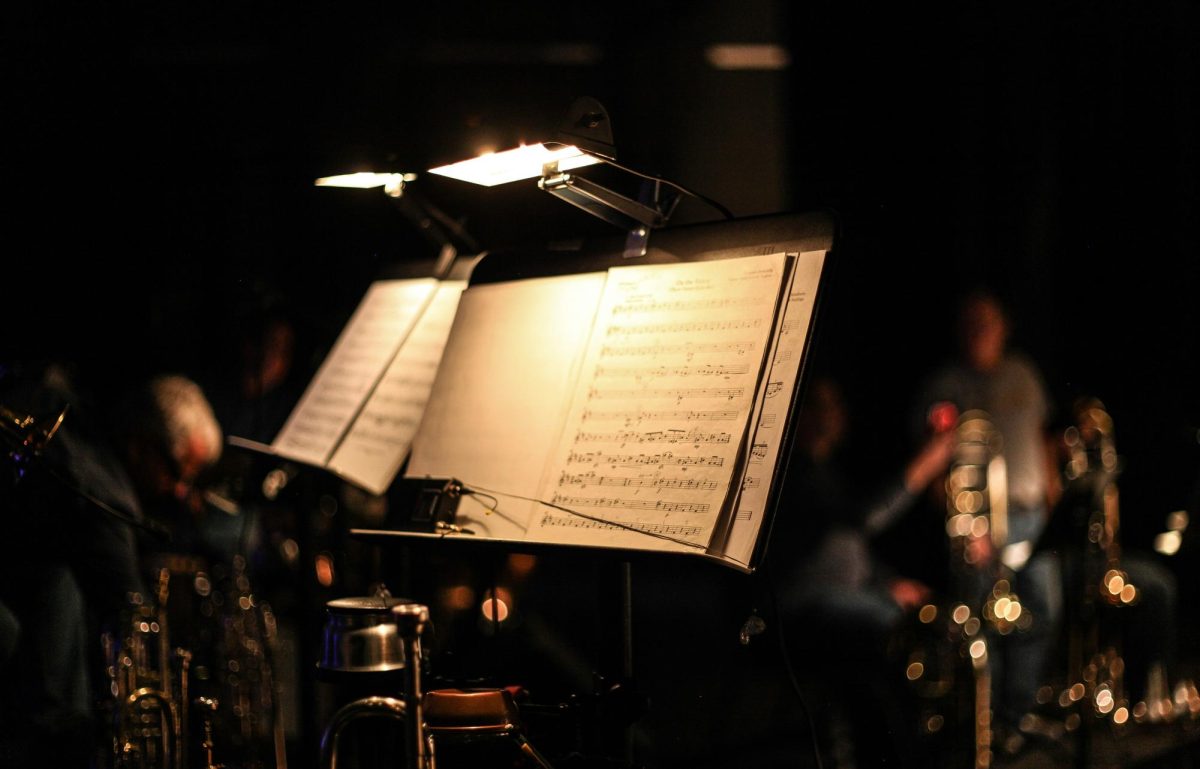Hayao Miyazaki’s first full-length film was released in 1979, titled, Lupin III: Castle of Cagliostro. It contained a message of hope central to the story but was not technically a Ghibli movie that Miyazaki has become synonymous with.
A Ghibli movie has certain criteria to meet, as determined by fans.
Firstly, it is a movie released under Studio Ghibli; whose founders are Isao Takahata, Yasuyoshi Tokuma, Toshio Suzuki, and this article’s titular man, Hayao Miyazaki, who did so in 1985.
Secondly, Joe Hisaishi’s touch paints the musical score. The first film to feature Hisaishi’s composition was Castle in the Sky (1986)–the first Studio Ghibli film. He has scored all of Miyazaki’s films, sans only one. Pitchfork labeled him “Japan’s John Williams”, an apt title considering he is a seven-time winner of the Japanese Academy Award for Best Music and Williams was awarded five Academy Awards for Best Original Score.
Thirdly, the warm feeling that blossoms in your chest while watching a Studio Ghibli film. Each film has realistic characters, intensely motivated and good-natured. A sense of comfort permeates each film, a combination of the soundtrack and artistic styling.
The last and most important aspect is that the film is anchored in nature. Each of Miyazaki’s films highlights nature; either in stunning visuals that take a moment to bask in the vitality of the environment, seen in Howl’s Moving Castle, or directly tied to the plot, as it is in Princess Mononoke.
Miyazaki has shed the title of being retired for his latest Studio Ghibli film, The Boy and the Heron, which was released this December 8th. However, this revoking aligns with Miyazaki when a quick backward glance at his history is taken. In fact, this is the fourth time that Studio Ghibli’s founder has returned to create more films.
A brief disclosure of Miyazaki’s retirement history is as follows:
1997 – Miyazaki retires from feature-length films after the release of Princess Mononoke.
2001 – Miyazaki retires from feature-length films after the release of Spirited Away.
2013 – Miyazaki retires from feature-length films after the release of The Wind Rises.
2018 – Miyazaki’s short film Boro the Caterpillar was said to be his last.
Fans facilitate between two reasons for this: perfectionism and getting older.
While age is still a factor, this article is going to delve into perfectionism and pessimism and how they interlock.
For a person whose films contain such meaningful messages, Miyazaki himself remains a self-proclaimed pessimistic person, especially when it comes to the state of the world.
Miyazaki’s work directly contradicts this stubborn, despondent attitude. His films tell of hope on the horizon while Miyazaki himself is quoted to have said, “The future is clear: it’s going to fall apart. What’s the use worrying? It’s inevitable.”
Miyazaki’s pessimism can be seen in his films. In Castle In the Sky, this is shown in how precious and sacred environments are sought after by those who wish to profit off its ruination. His pessimism is found in the neverending war that ravages the land in Howl’s Moving Castle. Princess Mononoke deals entirely with environmentalism.
Miyazaki’s films depict his pessimism—it’s a fact; however, his movies take his pessimistic view and show the outcome if needed, helpful actions are taken.
While Miyazaki is a pessimist, Miyazaki also remains a perfectionist to his core.
In his book “Turning Point: 1997-2008”, Miyazaki explains how regret directly influences his work. He is shackled to his latest film, forever wishing to correct the film and transform it into the perfect vision he had held in his mind. He writes, “So unless I start working on a new one, I’ll never be free from the curse of the last one. I’m serious.”
These words align with Miyazaki’s failed attempts to retire.
Instead of retiring and falling into regret, he creates and brings to life new worlds that inspire.
A combination of perfectionism and pessimism pushes Miyazaki to create, which in turn does not allow him to retire and brings hope and joy to those who enjoy his films. Miyazaki is a great example of how seemingly negative traits can be funneled into helping yourself and others.








